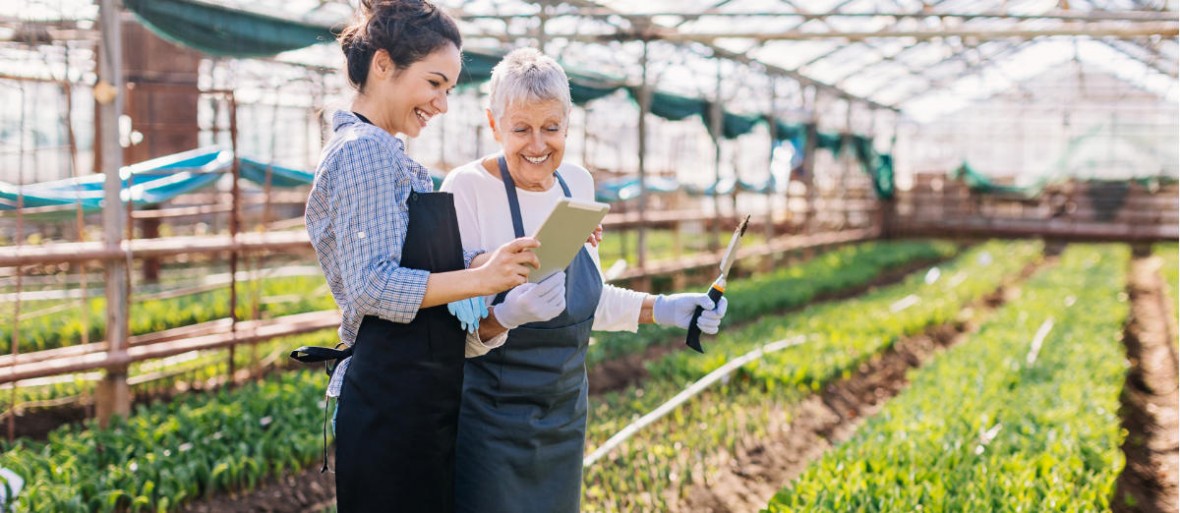When it comes to food and the fresh supply chain, it seems to me that we try to protect ourselves from uncertainty through excess. In other words, we choose to have too much rather than risk having not enough.

Growers sow extra crops to protect against unforeseen weather conditions. Retailers order surplus goods to make sure displays remain plentifully stocked until closing time. Shoppers pick up more groceries than needed in case guests should stop by. We put more food on our plates than we can eat because we overestimate our appetites – and in doing so, we underestimate the value of food, in particular the true costs and consequences of wasting it.
Approximately 45 percent of all fruits and vegetables grown will never be eaten. All along the supply chain, losing food results in enormous humanitarian and environmental costs. It undermines food security, while the global population continues to expand exponentially. It uses up resources unnecessarily, including land, water and energy. As food decomposes in landfills, it discharges greenhouse gases, which further impacts the environment. And, for those of us in the food supply industry, losing food is bad for business.
When referring to the problem, media and the public commonly refer to food waste. Yet there are two aspects here. The Food and Agriculture Organization of the United Nations (FAO) uses the term food loss to refer to any food that is lost in the supply chain between the producer and the market. Included in food loss is food waste, which primarily refers to discarding edible food, mostly at retail or consumers levels.
Identifying the challenges and addressing the causes of food waste and loss is very complex. However, by supporting ideas and technologies that improve efficiency, the food industry can work together to introduce positive change. All participants can identify ways to reduce food loss, which is mostly unintentional, as well as food waste, which is largely avoidable.
What can be done to reduce food waste? Fortunately, as producers, food sellers and shoppers become more aware of the problem, I think behaviors are beginning to change. For instance, at the start of the fresh supply chain, growers are increasingly using technology to manage the factors that can lead to crop loss. When it comes to transport, choosing the right packaging protects produce from damage and goes a long way in reducing supply chain inefficiencies. Also, food industry participants in processing and retailing are uncovering where in their operations there is food waste and loss – and publicizing what they plan to do about it.
In addition, industry, social initiatives, start-ups and other organizations are coming up with new and different ways of redistributing food to reduce food waste. Similarly, food industry campaigns are educating shoppers on simple changes that help them avoid overbuying and on ways to reduce food waste. IFCO supports consumers’ wish to reduce food waste, because IFCO Reusable Packaging Containers extend shelf life so fruits and vegetables remain fresher longer at home.
No one wants food to go to waste, particularly the people who work so hard to produce and deliver the freshest foods cost-effectively. As experts in the food industry, we are responsible for making the right choices to improve supply chain efficiency for less waste. For example, by providing optimal packaging, we enable growers, distributors and retailers to better protect their products and make sure these arrive in better condition. We are doing our part to lower food waste and loss all along the fresh supply chain.
Stay up to date
Want the latest fresh food packaging industry knowledge delivered straight to your inbox? Subscribe to our newsletter and get the latest news, trends, articles and more!
